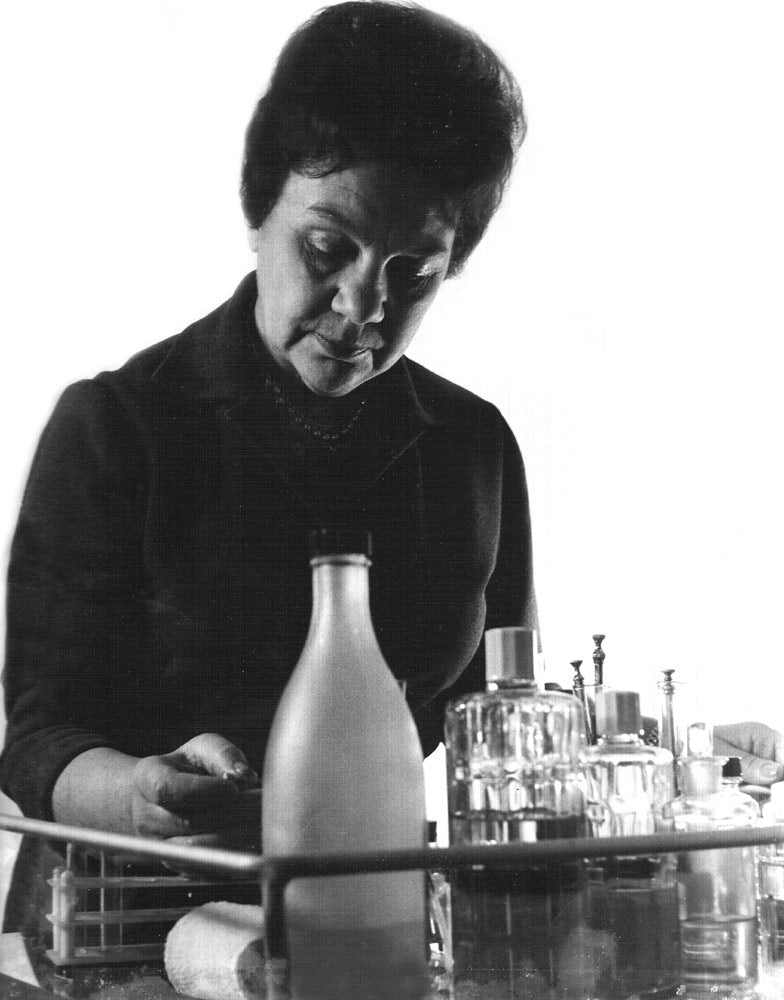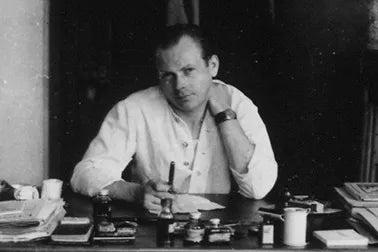MESOPOTAMIA: 60,000 BCE
In 1979, in what is now modern-day Iraq, archaeologists unearthed a grave containing the remains of a Neanderthal man. Pollen grains of 8 herbal plant species with well documented medicinal properties were found in the grave suggesting the use of plants dates back to prehistoric times.
MESOPOTAMIA: 4,000 BCE
In a geographical location akin to modern-day Syria, clay tablets were discovered in 1973. The inscriptions detailed how herbal remedies were formulated and prescribed in order to treat diseases using pine needles, fennel and galbanum.
INDIAN SUBCONTINENT: 3,000 BCE.
Ayurvedic medicine has been practiced for millennia and is still used by over 90% of the Indian population in some form today. It is aimed at treating not just the physical body but the mind and spirit also using tailored treatments. Some of the oldest scriptures date back to 3,000 BCE and include references to plant based remedies.
CHINA: 2,800 BCE.
The Chinese wrote texts on the powers of herbs, spices and plants based on anecdotal traditions dating back to 2,800 BCE. Entries included records of orange being stimulating and ginger being useful to treat sickness.
EGYPT: 1,550 BCE.
Aromatic plants and their extracts were long used beforehand, but the Ebers Papyrus was the first recognized collection of medical knowledge to come from Egypt. It included treatments for the body, the skin and the mind. Prior to this, aromatic plants were burnt as offerings to the gods, bodies of the rulers were embalmed using the preservative and antimicrobial properties of macerated aromatic oils, and priests were experts in making perfumes.
GREECE: 460-370 BCE.
A physician, Hippocrates took much of the medicinal plant information with the Greek conquest of Egypt. He was declared the ‘Saviour of Athens’ when he ordered the inhabitants to burn considerable quantities of plants to fumigate the city – this warded off the plague. He recommended aromatic baths and massages as part of a healthy daily routine and is said to be the ‘father’ of Western Modern Medicine – he implemented the ‘Hippocratic Oath’ which is a code of conduct for physicians.
GREECE: 371-287 BCE.
The philosopher, Theophrastus studied and recorded over 500 plant species – he is known as the ‘father’ of Botany. He noticed the scent of jasmine flowers is stronger during the hours of darkness, the reason why they are picked before sunrise.
EGYPT: 69-30 BCE.
Cleopatra was renowned for her everlasting beauty and lavish regimes. The secret behind her youthfulness was fermented milk baths infused with the essences of jasmine, myrrh and rose. She is said to have worn custom-blended perfumes that were the secrets to her seduction abilities.
GREECE: 40-90 CE.
Dioscorides was a physician who authored an encyclopaediaon herbal medicine, a publication which was relied upon until after the Middle Ages.




















